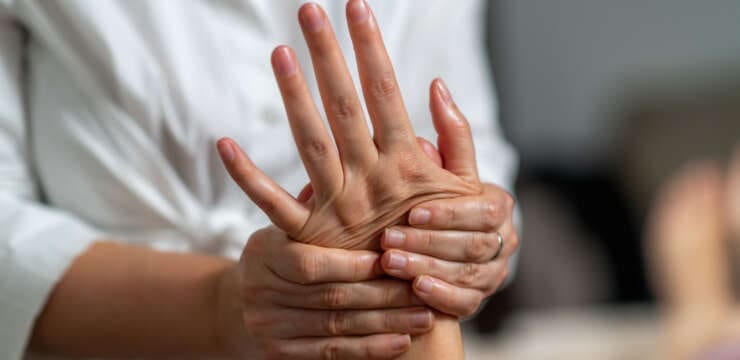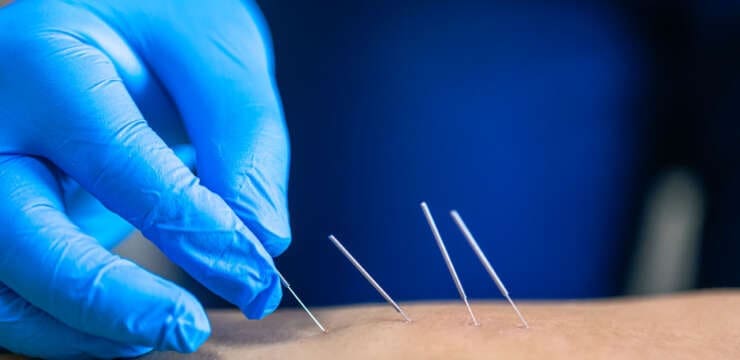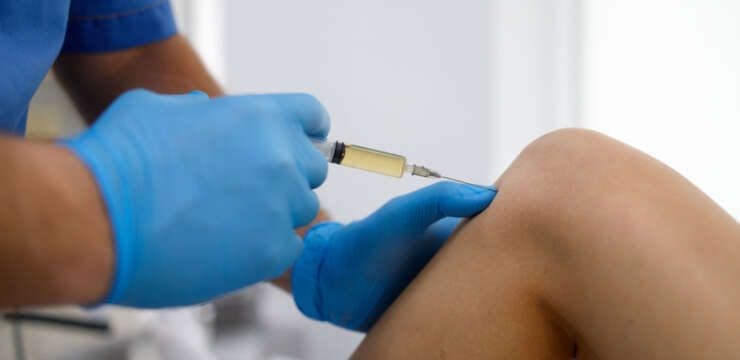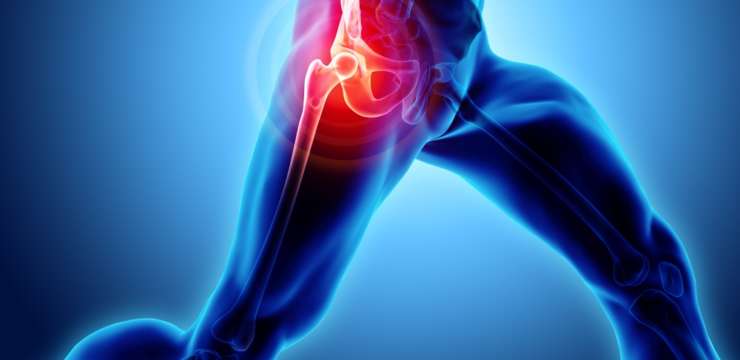Explore functional wellness for rheumatoid arthritis for improved health. Learn how holistic approaches can enhance your well-being. Introduction Millions of people around the world have…

Arthritis is a widespread ailment but is not well understood. It affects many daily tasks, from putting on shoes to cooking. Arthritis refers to joint pain or joint disease, and there are over 90 different types that exist. A common misconception is that arthritis targets older patients when in reality, individuals of all ages, sex, and race can develop arthritis. In fact, it is so common that it is the leading cause of disability in America. More than 50 million adults and 300,000 children have some form of joint pain or disease.
Although anyone can develop arthritis, it is common among women and occurs more as people get older. When a patient comes in, their main symptoms include swelling, pain, stiffness, and decreased range of motion (ROM). Symptoms can come and go as well as range from mild to severe. In addition to this, patients’ symptoms may increase or stay the same for years. In severe cases, it may result in chronic pain and cause the inability to do daily chores and be difficult to walk or climb stairs.
The inflammation can be excruciating, but working with a health coach may help to reduce the inflammation. Arthritis can cause permanent joint damage and changes. These changes might be visible, i.e., knobby finger joints, but usually can only be seen on x-rays. Some types of arthritis affect the eyes, heart, kidneys, lungs, and skin.

Explore functional wellness for rheumatoid arthritis for improved health. Learn how holistic approaches can enhance your well-being. Introduction Millions of people around the world have…

Find out how chiropractic care plays a vital role in addressing rheumatoid arthritis & inflammation for better health outcomes. Harnessing Chiropractic Care and Lifestyle Changes…

Can individuals with arthritis incorporate various natural remedies to reduce joint pain in their extremities and restore mobility? Introduction Regarding the body, joints allow the…

Getting a good night’s sleep can be difficult for individuals suffering from arthritis. Can finding a mattress that fits an individual’s needs help relieve aches…

Can understanding what knee tests are used help a healthcare provider diagnose the cause of individuals experiencing knee pain? Knee Pain Tests A knee examination…

Can individuals dealing with psoriatic arthritis find non-surgical treatments to reduce joint pain and improve skin health? Introduction The body is a complex machine with…

“For individuals with arthritis, can incorporating acupuncture with other therapies help manage pain and other symptoms?” Acupuncture For Arthritis Acupuncture has been around for thousands…

Can individuals with osteoarthritis incorporate spinal decompression therapy to restore spinal mobility and quality of life? Introduction As the body ages, so does the spine,…

“For individuals managing osteoarthritis, could massage therapy provide added treatment benefits?” Osteoarthritis Massage Therapy Osteoarthritis happens when the cartilage between the joints wears away,…

“As the body ages, individuals want to stay active and maintain a healthy pain-free lifestyle. Can regenerative cells for arthritis and cartilage damage be the…

Aging Arthritis: How the body changes as the years go by is determined by an individual’s diet, physical activity/exercise, genetics, stress levels, sleep patterns, and…

Introduction The body has a defensive response known as the immune system that comes to the rescue when traumatic events or injuries impact certain areas…

Introduction The hips in the lower extremities of the body help stabilize the weight of the upper half while providing movement to the lower half.…

Introduction Many individuals have dealt with issues affecting their lives in some way or form. People with autoimmune diseases must learn to manage their immune system from constantly…

The definition of nutrition has changed considerably through time. The modern purpose of nutrition includes digestion, assimilation, and nutrient metabolism. Now movement, fitness, and the…

Ankylosing Spondylitis was first described two centuries ago and is the most common form of spondyloarthritis. Indeed, the term spondyloarthritis refers to a group of…

Arthritis can be a debilitating disease that interferes with everyday life. There are over 20% of adults aged 65 and older that have arthritis along…